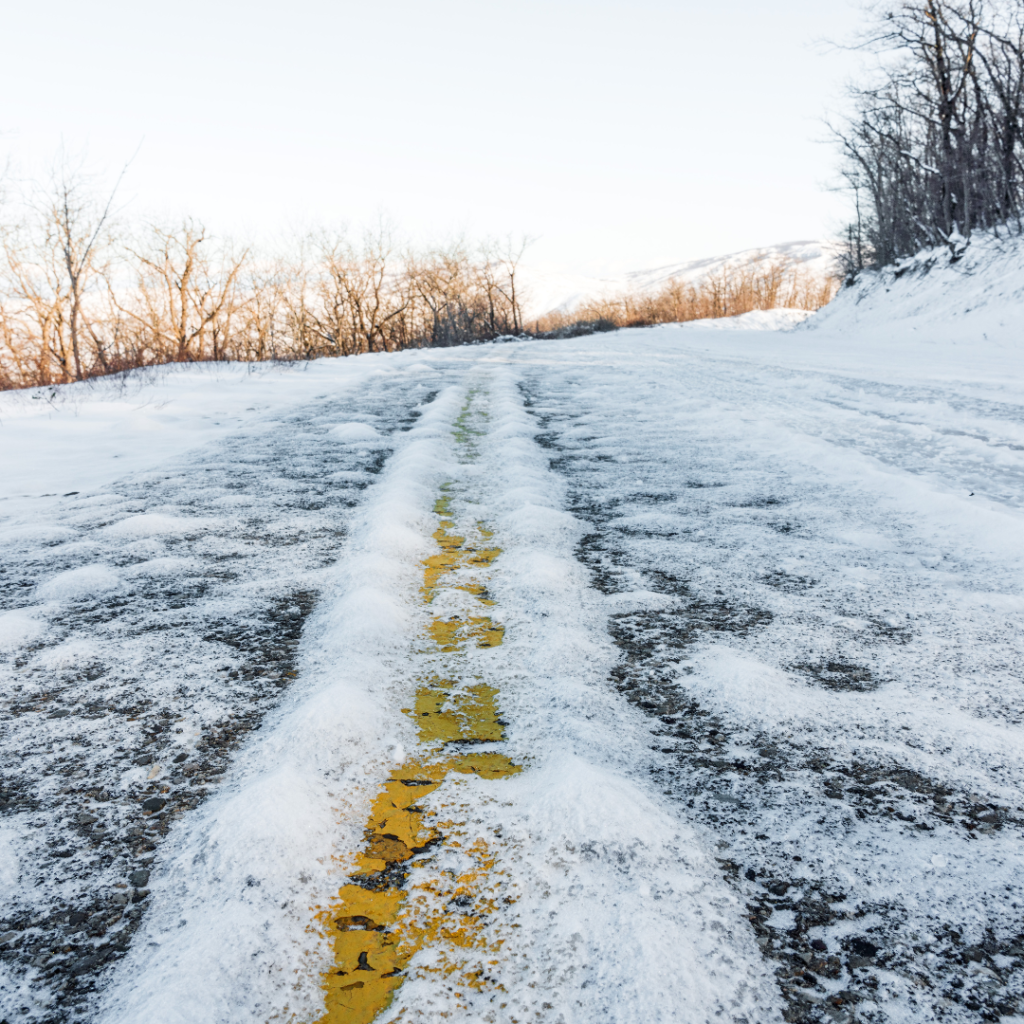
Are you prepared for safe driving this winter? As the winter season approaches, it’s crucial to brush up on road safety tips to navigate through challenging weather conditions. Snow, ice, and low visibility can make driving hazardous, but with the right precautions, you can minimize risks and ensure a safe journey. In this post, we’ll share 10 essential tips to help you stay safe on the road during the winter months. Whether you’re a seasoned driver or new to facing winter conditions, these insights are valuable for all. Let’s dive in and equip ourselves with the knowledge and strategies needed to conquer winter driving challenges.
Before hitting the road in winter, it’s crucial to prepare your vehicle to ensure safety and reliability during challenging conditions.
Regularly checking tire pressure and tread depth is essential for safe winter driving. Low tire pressure can lead to decreased traction, while insufficient tread depth can reduce grip on slippery roads. It’s recommended to maintain adequate tire pressure according to your vehicle’s specifications. Additionally, consider investing in winter tires for improved traction on snow and ice-covered roads.
Maintaining appropriate levels of essential fluids is vital for your vehicle‘s performance in winter. Antifreeze helps prevent the engine from freezing, windshield wiper fluid ensures clear visibility, and proper oil levels contribute to engine function in cold temperatures. Regularly check these fluid levels and refill as needed to keep your vehicle well-prepared for winter conditions.
Remember, a well-prepared vehicle can enhance your safety and confidence when driving in winter.
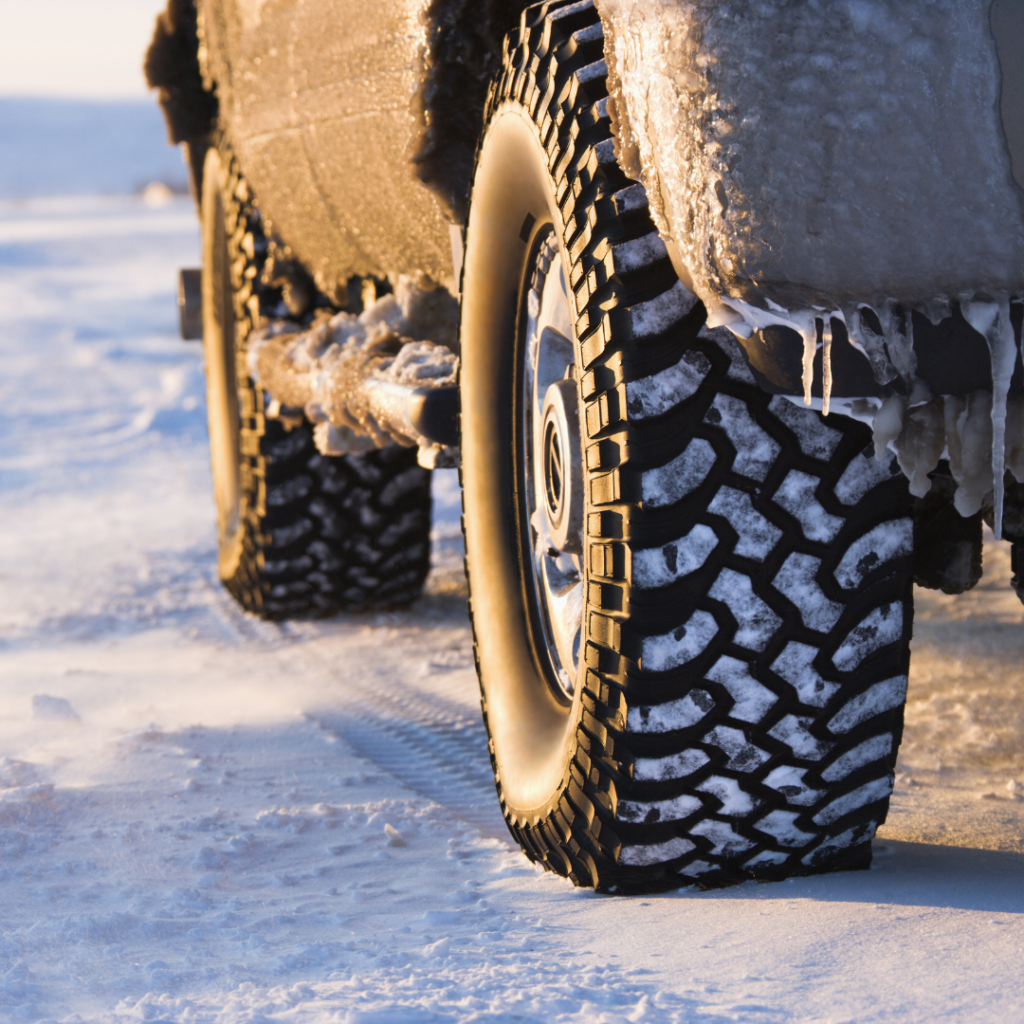
When driving in inclement weather, it’s crucial to adjust your driving style to ensure safety for yourself and others on the road. Here are some tips to help you navigate the challenges of driving in snow, ice, or fog.
In snowy, icy, or foggy conditions, reducing your speed is essential for maintaining control of your vehicle. Decrease your speed to match the road conditions, and remember that posted speed limits are meant for ideal conditions. Additionally, increasing your following distance from the vehicle in front of you is important – it’s recommended to double or even triple the distance you usually maintain.
Smooth and gentle movements are crucial in inclement weather to avoid skidding or loss of control. When braking, apply slow and steady pressure to avoid locking up the wheels. When accelerating, do so gradually to prevent wheel spin. These adjustments can help you maintain traction and control, reducing the risk of accidents in challenging weather conditions.
During the winter months, it’s crucial to keep an emergency kit in your vehicle in case you encounter unexpected trouble on the road. Having essential items readily available can make a significant difference in ensuring your safety and well-being during challenging situations.
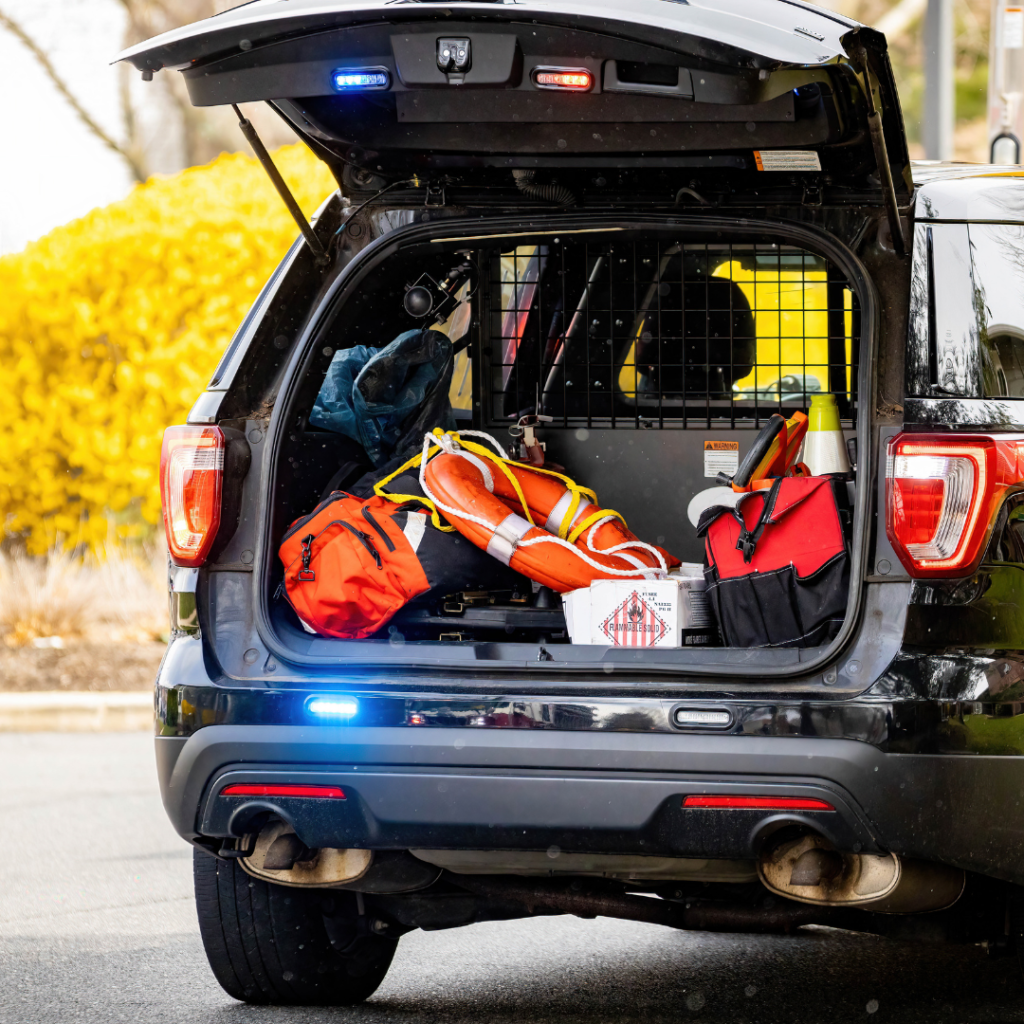
Having these essential items in your emergency kit can provide comfort and security in unforeseen circumstances, ensuring that you’re better prepared to handle unexpected challenges on the road.
Remember, it’s important to regularly check the condition of the items in your emergency kit, ensuring that everything is in good working order and within its expiration date. Being proactive in this regard can offer peace of mind and bolster your readiness for any winter driving experiences.
For additional information on creating a comprehensive emergency kit for your vehicle, refer to reputable resources such as the American Red Cross and the Federal Emergency Management Agency (FEMA).
Before hitting the road in winter, it’s crucial to ensure that your vehicle is free from snow and ice. This involves clearing all windows and lights to maintain visibility and prevent hazards to yourself and other drivers.
Ensuring that all windows and lights on your vehicle are clear from snow and ice is paramount for several reasons. Firstly, it’s about maintaining your own visibility as a driver. Snow and ice obstructing your view can lead to accidents and increase the likelihood of getting into a dangerous situation. Additionally, having clear windows and lights contributes to the safety of other drivers on the road. It allows them to see your signals and maneuver safely, enhancing overall road safety during winter conditions.
By taking the time to thoroughly clear snow and ice from your vehicle, you not only protect yourself but also contribute to a safer driving environment for everyone on the road.
Remember, aside from your personal safety, it’s also a legal requirement to clear snow and ice from your vehicle before driving. Failing to do so can result in fines, and in some cases, it may even lead to accidents or legal implications if visibility issues contribute to a road incident. Taking these precautions also reflects your responsibility as a driver to prioritize safety for yourself and others.
When clearing snow and ice, make it a comprehensive effort, ensuring that all windows, mirrors, lights, and the roof of your vehicle are free from any obstructions. This simple yet essential step can make a significant difference in ensuring a safe and smooth driving experience during the winter season.
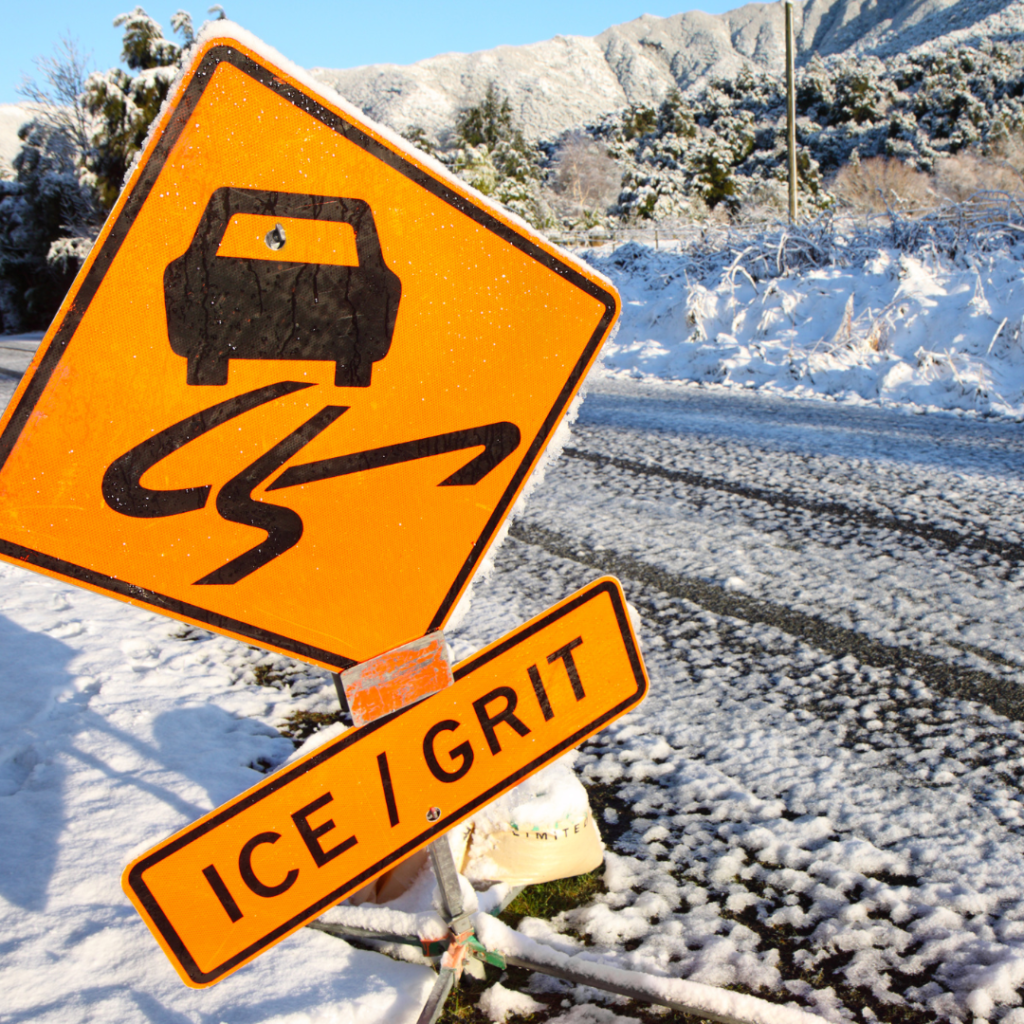
Planning your route and informing others about your travel plans is crucial, especially during challenging weather conditions. It ensures that you have a safety net in case anything goes wrong during your journey.
Informing a trusted person about your itinerary before you embark on a winter road trip is essential. Share details such as your planned route, estimated time of arrival, and the locations where you intend to stop. In the event of an emergency or if you fail to reach your destination as scheduled, this information will be invaluable for emergency responders or individuals who may need to assist you. Additionally, it provides peace of mind to your loved ones, knowing your intended route and timeline.
Remember, it’s not just enough to inform someone of your plans – make sure to keep them updated about any changes in your itinerary as well. Open lines of communication can make a significant difference in ensuring your safety.
By following these simple steps and keeping your loved ones informed, you can significantly enhance your safety while traveling in winter conditions.
Winter weather can be unpredictable and challenging to navigate, but staying informed about weather conditions can help you prepare for safe travels. Using weather apps and tuning in to radio updates are effective ways to stay ahead of changing conditions and plan your travel accordingly.
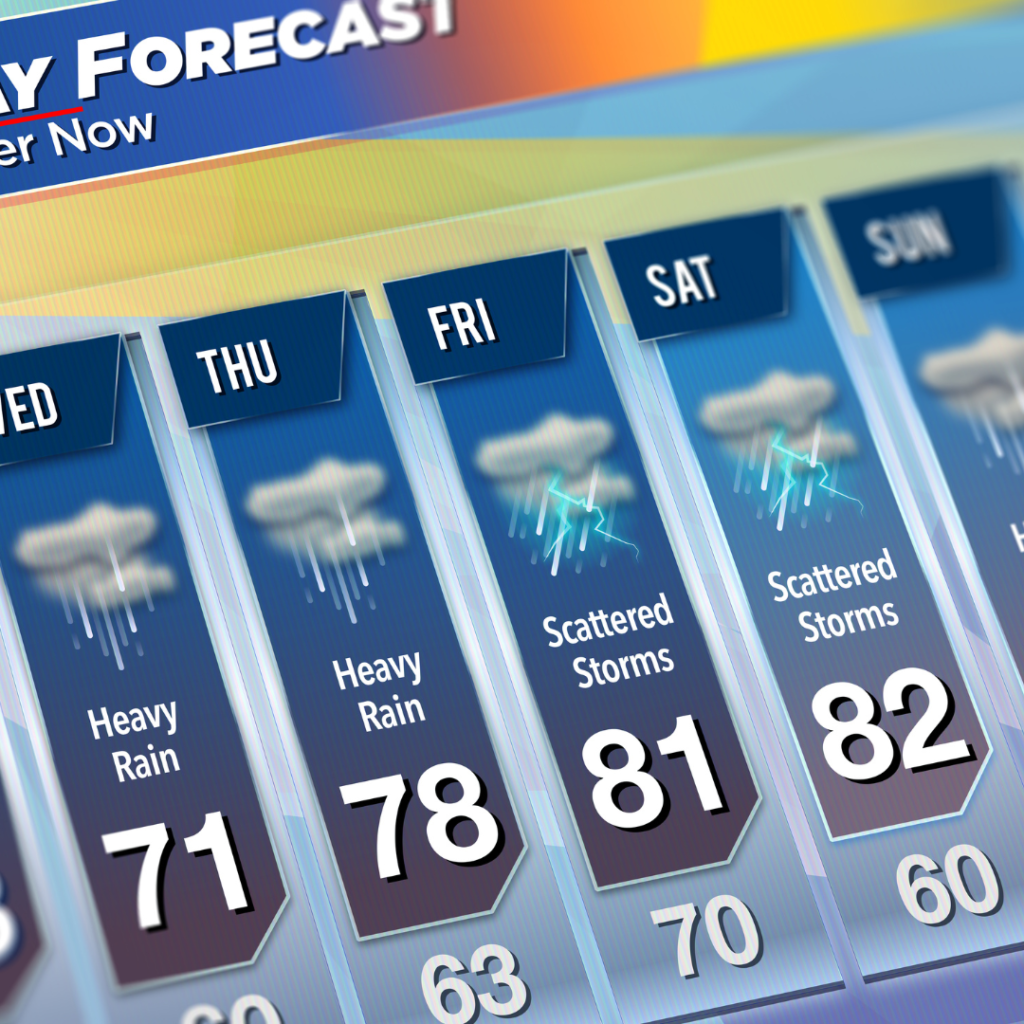
When it comes to real-time weather forecasts and road condition updates, reliable sources are crucial. Weather apps like The Weather Channel, AccuWeather, and Weather Underground provide up-to-date information on local weather patterns and alerts. These apps also offer features such as radar maps, hourly forecasts, and severe weather notifications to keep you informed on the go.
Radio updates from local stations or dedicated traffic channels deliver essential information about road closures, accidents, and weather-related hazards. Tuning in to these broadcasts while driving can help you make informed decisions and avoid potential risks on the road.
Staying informed about weather conditions through these sources empowers you to make proactive choices and stay safe during winter travel.
Link to a reliable weather app like AccuWeather
When driving in winter weather, it’s crucial to practice safe driving habits to minimize the risk of accidents. Adverse weather conditions demand extra attention and caution behind the wheel.
Navigating through snow, ice, and sleet requires your full focus. Distractions, such as cell phones, eating, or adjusting the radio, can significantly increase the likelihood of an accident. It’s vital to emphasize to drivers the dangers of distractions, especially in challenging weather conditions. Staying focused on the road can make a substantial difference in arriving safely at your destination.
Wearing your seatbelt is a fundamental safety measure at any time of the year, and it becomes even more critical during winter when road conditions are more hazardous. Seatbelts save lives, and statistics consistently show that using a seatbelt significantly reduces the risk of severe injury or death in the event of a collision. Regardless of the distance you plan to travel, ensure that everyone in the vehicle is buckled up before hitting the road.
Remember, taking precautionary measures and staying vigilant on the roads during winter is key to a safe and enjoyable driving experience.
Winter driving can be unpredictable, and knowing how to react in an emergency can make all the difference. Here are some tips for handling different emergency situations on the road.
When you find your vehicle skidding on icy roads, it’s crucial to stay calm and avoid sudden movements. Ease your foot off the accelerator and steer in the direction you want the front of the car to go. If you have anti-lock brakes, apply firm, steady pressure. If your vehicle doesn’t have ABS, gently pump the brake pedal. Practice regaining control in an empty, icy parking lot to prepare for such situations.
In the event of a breakdown during winter conditions, safety is paramount. Turn on your hazard lights, and if possible, move your vehicle out of the flow of traffic. Keep warm clothing and blankets in your car to stay warm while waiting for help. It’s also wise to keep emergency supplies like a flashlight, first-aid kit, and non-perishable food in your vehicle during winter.
Driving safely in winter involves not only looking out for yourself, but also for others on the road. Here are some tips to ensure your safety and the safety of others during the winter season.
It’s crucial to be well-rested and alert while driving in winter. Fatigue can seriously impair your ability to react quickly on icy or snowy roads. Before embarking on a winter journey, ensure you get a good night’s sleep. If you’re feeling tired during the drive, pull over at a safe location, take a short break, and stretch your legs. Being well-rested and alert can make a significant difference in your ability to respond to unexpected situations on the road.
Winter brings tough conditions, and sometimes drivers may need help. If you come across a fellow driver in distress, it’s essential to lend a helping hand while prioritizing your safety. Keep a set of emergency supplies in your car, such as blankets, flashlights, and non-perishable food items, to offer assistance to others in need. If you’re unable to provide direct help, call emergency services or roadside assistance to ensure the safety of the stranded driver.
Remember, winter driving is a shared responsibility, and your willingness to assist others can make a significant difference in preventing accidents and ensuring everyone’s well-being on the road.
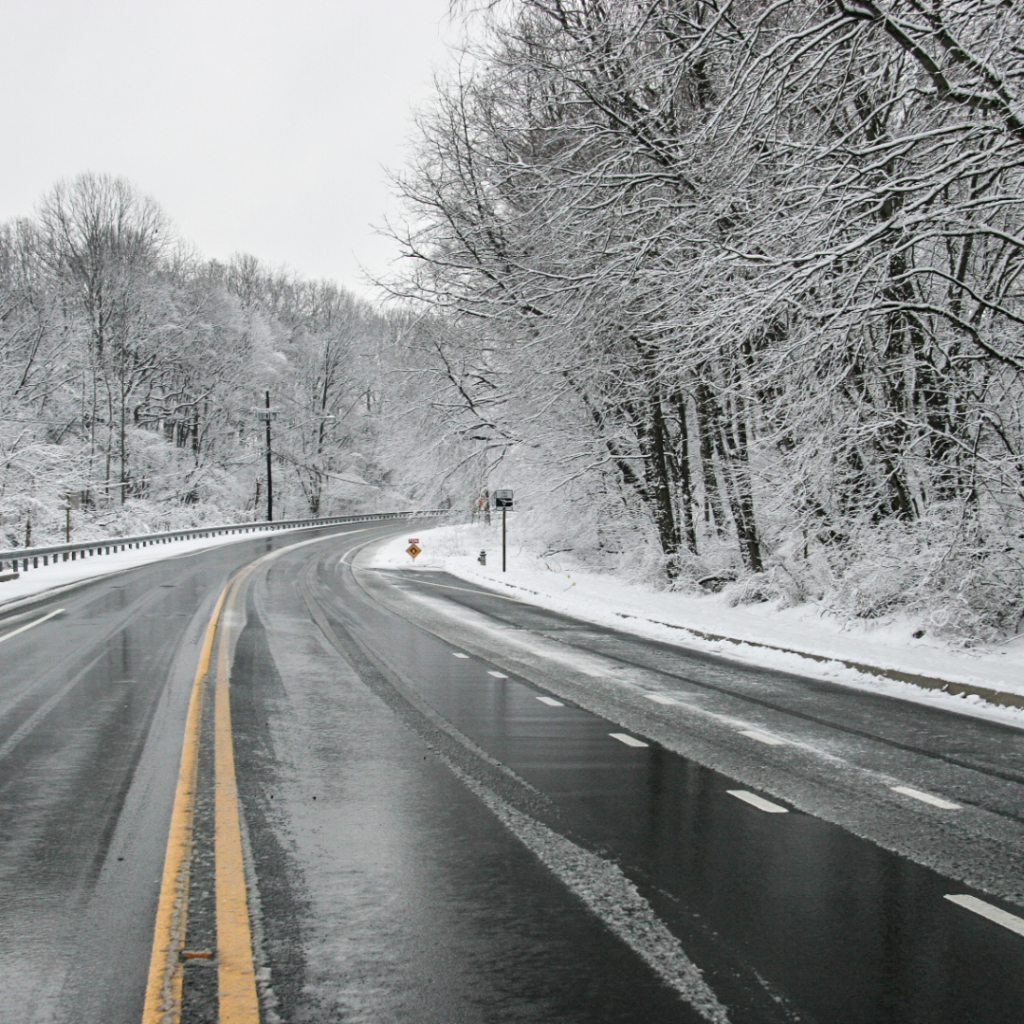
Regular vehicle maintenance is crucial for safe winter driving. Scheduled inspections and servicing ensure that your vehicle is in optimal condition to handle the challenges of winter weather.
Having your vehicle regularly inspected and serviced is essential to detect and address any potential issues before they become safety hazards. Components such as brakes, tires, lights, and fluids need to be checked and maintained to ensure they are functioning properly, especially in preparation for winter conditions.
When it comes to scheduled inspections, it’s advisable to have a professional mechanic assess your vehicle to make sure everything is in working order. This includes checking the battery, fluid levels, brakes, heating and cooling systems, as well as tire tread depth and pressure. Additionally, servicing your vehicle according to the manufacturer’s recommendations will help maintain its reliability and safety standards.
Don’t wait until an issue arises—proactive and regular maintenance is key to ensuring that your vehicle can handle the toughest winter conditions. Making it a priority can provide peace of mind and contribute to a safer driving experience for you and your passengers.
By keeping up with scheduled inspections and servicing, you can minimize the risk of potential breakdowns or malfunctions during the winter months. It’s an investment in safety and can prevent unexpected and inconvenient issues while on the road.
Implementing these 10 tips to stay safe on the road this winter is crucial for your well-being and the safety of others. By following these practical guidelines, you can significantly reduce the risk of accidents and ensure a smoother driving experience during the challenging winter months. Prioritizing safety on the road isn’t just about protecting yourself – it’s also about safeguarding the lives of your fellow drivers and passengers. So, embrace these tips, stay vigilant, and make safety your top priority every time you hit the road this winter. Safe travels!